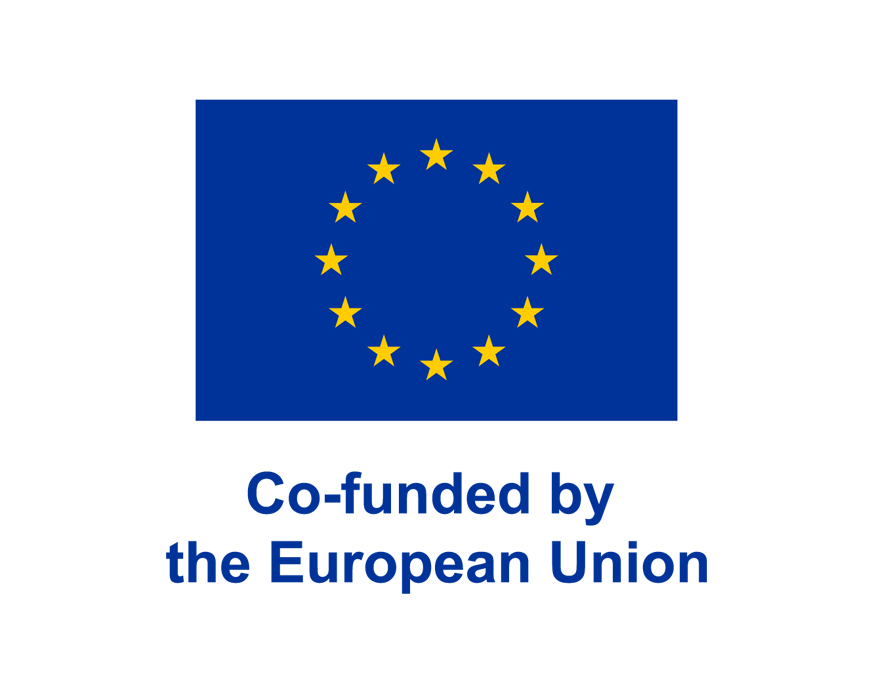| Funding: | European Union’s Horizon 2020 program, EXCELLENT SCIENCE – Marie Skłodowska-Curie Actions |
| Total funding: | EUR 4,127,798.88 |
| Partners: | Fraunhofer IWES, Technical University of Denmark (project coordination), Carl von Ossietzky University Oldenburg, University of Bergen, University of Stuttgart, Polytechnic University of Milan, University of Porto, University of Stavanger, Flensburg University of Applied Sciences, UL International GmbH |
| Associated partners: | DNV GL SE, FORCE Technology, Kitemill, Kjeller Vindteknikk, KNMI, Leosphere, METEK GmbH, Norwegian Meteorological Institute, National Oceanic and Atmospheric Administration, Natural Power, National Renewable Energy Lab, Norwegian University of Science and Technology, Renewable Energy Systems Ltd, Siemens Gamesa Renewable Energy, Sowento GmbH, TNO, Wood Group |
| Duration: | 10/2019 – 09/2023 |
- Lidar wind measurements are becoming ever more important for the construction and operation of wind farms. However, in light of the growth in the industry and the demanding technological development, there is a lack of interdisciplinary training for ESRs.
- The LIKE project enables 15 doctoral students to participate in a research project and provides them with interdisciplinary training in not only academic but also business matters.
- The result is that not only are 15 experts excellently trained but important further developments in lidar technology also become available. For example, the Fraunhofer IWES Ship Lidar System will be further developed in this way.
The challenge
Modern technologies are developing at great speed. This is also true of wind lidar (light detection and ranging) technology, which is utilized in the field of wind energy to determine wind speeds, among other things. As the wind sector grows and demand for precise wind measurements and predictions increases, so does the number of lidar systems employed. In addition, technical development is rapid. Researchers active in this field require extensive expertise in a wide range of subject areas, but there is no interdisciplinary training course available in the field of wind remote sensing and wind energy to date. In light of the increasing demand for skilled workers in the wind industry, this could become a problem.
The solution
This is where the LIKE project comes in, enabling 15 highly qualified doctoral students to complete interdisciplinary training on an assigned research project. The scholarship holders will be trained, supervised, and supported by an interdisciplinary international team of leading researchers, technology leaders from SMEs, and specialists from large companies. Through interdisciplinary collaboration, LIKE will not only provide these experts with academic training, but also familiarize them with applied workflows in SMEs and the business environment of leading European wind turbine manufacturers and developers.
The research objective of these 15 subprojects is the further development of wind lidar technologies. For example, the Fraunhofer IWES floating offshore lidar system will be developed from precommercial to fully commercial status, the lidar-based control of wind turbines will be supported, and the utilization of lidar systems to evaluate turbine performance under difficult conditions will be investigated in this way.
The added value
The result is not only advances in lidar technology, which is key for modern wind energy utilization, but also excellently trained expert scientists who continue to further their fields of research and thus contribute to the expansion of Europe’s technological leadership in lidar technology.
